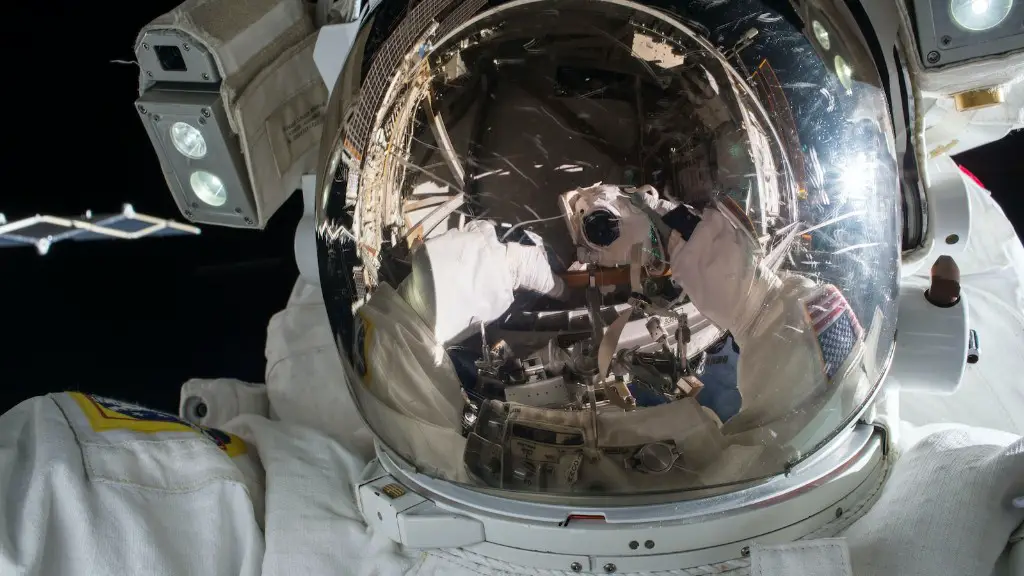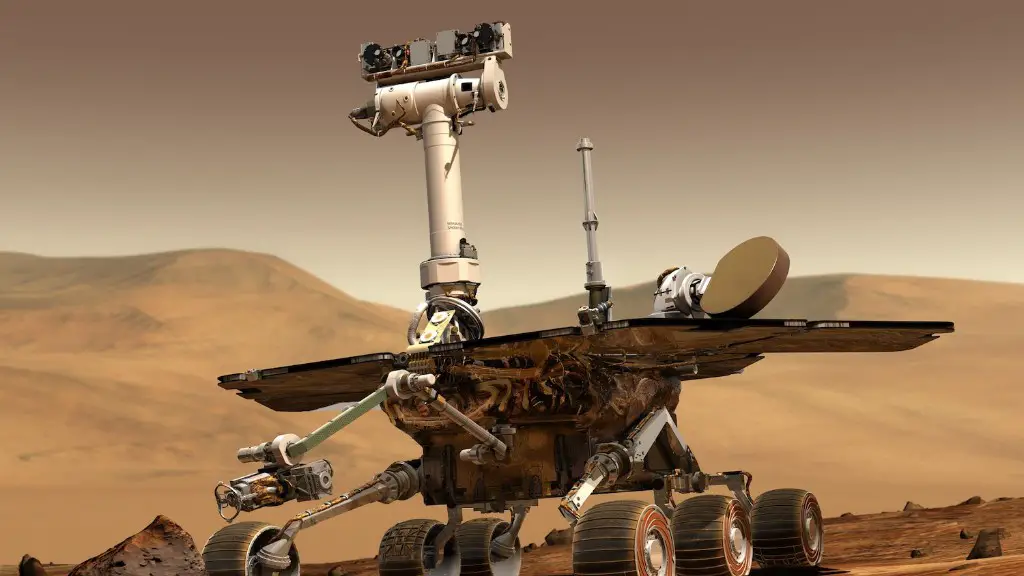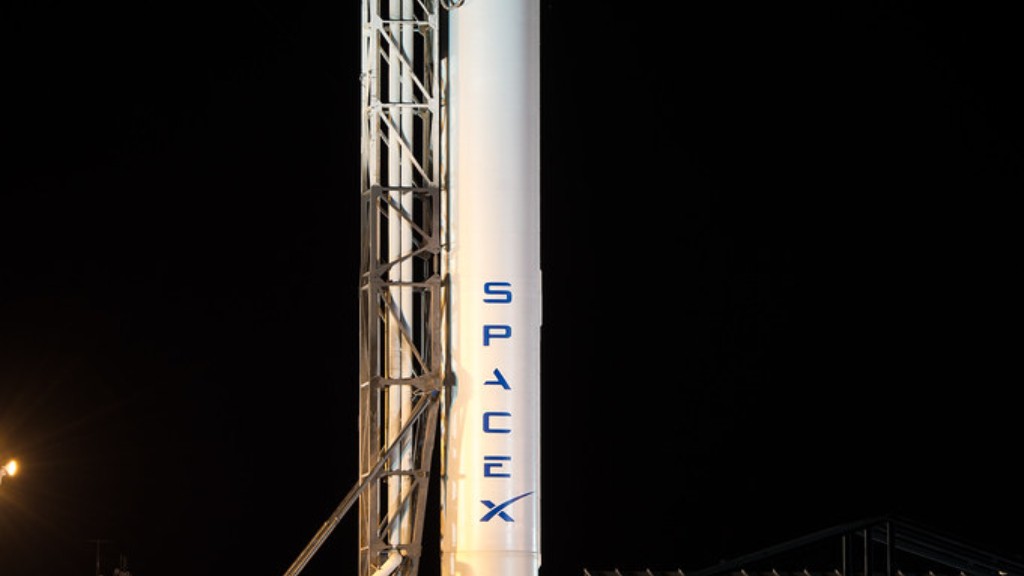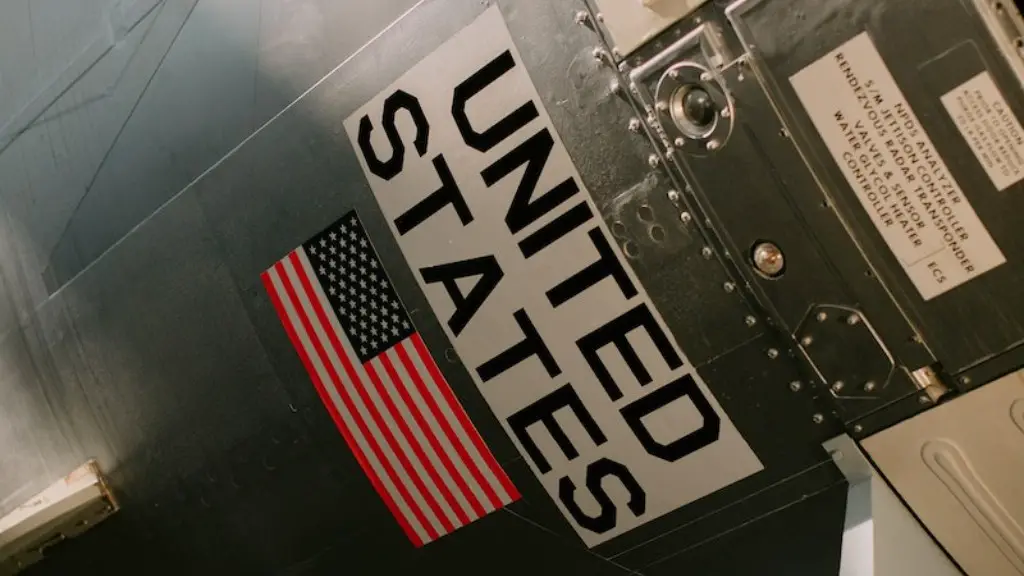Nasa began in 1958 as a government agency tasked with sending humans into space. The agency has since grown into one of the most respected and well-funded scientific organizations in the world. Nasa’s achievements include putting humans on the moon, launching robotic probes to explore the solar system, and developing the space shuttle program. Today, Nasa continues to push the boundaries of space exploration with new missions to Mars and beyond.
The National Aeronautics and Space Administration (NASA) was established on October 1, 1958, by President Dwight D. Eisenhower. The agency was created in response to the Soviet Union’s launch of the Sputnik satellite in 1957, which marked the beginning of the Space Race. Prior to its establishment, various government agencies were responsible for different aspects of the country’s space program.
What caused NASA to be created?
NASA was created in response to the Soviet Union’s October 4, 1957 launch of its first satellite, Sputnik I The 183-pound, basketball-sized satellite orbited the earth in 98 minutes. The launch of Sputnik I sparked fears in the United States about the possibilities of intercontinental ballistic missiles carrying nuclear weapons. In response, President Dwight Eisenhower created NASA on October 1, 1958.
NASA is responsible for the US space program and is one of the world’s leading space agencies. It is headquartered in Washington, D.C. and has a workforce of over 18,000 employees. NASA’s primary mission is to pioneer the future in space exploration, scientific discovery, and aeronautics research.
Who founded NASA and why
The National Aeronautics and Space Act of 1958 was signed into law by President Eisenhower on July 29, 1958, establishing the National Aeronautics and Space Administration (NASA). The Act authorized the construction of a space station and the exploration of space. NASA has since become a leader in space exploration, conducting groundbreaking research and exploration missions.
NASA’s first high profile program was Project Mercury, an effort to learn if humans could survive in space. Project Mercury ran from 1958-1963 and involved putting American astronauts into orbit around Earth. NASA’s second program, Project Gemini, ran from 1964-1966 and was designed to learn more about how humans could live and work in space. NASA’s third program, the Apollo program, ran from 1967-1972 and was designed to land humans on the moon.
Why did the US stop NASA?
The Bush administration ended the Space Shuttle Program in 2004 for a variety of reasons. The high cost of the program, slow turnaround time, and few customers were all contributing factors. Additionally, the Space Shuttle had major safety problems that needed to be addressed. Ultimately, the decision was made to retire the program in order to focus on other space exploration initiatives.
The National Aeronautics and Space Administration (NASA) is the United States government agency responsible for US space exploration, space technology, Earth and space science, and aeronautics research. NASA inspires the world by exploring new frontiers, discovering new knowledge, and developing new technology.
NASA’s achievements include the first American manned spaceflight (Apollo 11), the first American to orbit the Earth (John Glenn), the first American woman in space (Sally Ride), the first American spacewalk (Ed White), and the first American to land on the moon (Neil Armstrong).
NASA is also responsible for the development of the Space Shuttle, the International Space Station, and the Hubble Space Telescope. NASA’s budget for FY 2019 is $21.5 billion.
What did NASA find in the ocean?
It’s amazing that something from the Space Shuttle Challenger, which was lost over 30 years ago, has been found on the ocean floor. This just goes to show that NASA’s engineering is top-notch and that their craft can withstand anything. Even though the Challenger tragedy was a great loss, it’s heartening to know that a piece of it has been found and can be a reminder of the skill and dedication of everyone involved in the space program.
This tradition of an advisory committee governing a premier aeronautical research institution in the United States originated with the National Advisory Committee for Aeronautics (NACA) established in 1915. The NACA became the United States’ premier aeronautical research institution and was governed by an advisory committee appointed by the President of the United States.
How did Earth get its name NASA
The planets, except for Earth, were named after Greek and Roman gods and goddesses. However, the name Earth is a Germanic word, which simply means “the ground.”
The United States federal government has owned and operated the National Aeronautics and Space Administration (NASA) since its inception in 1958.NASA is an independent agency of the executive branch of the United States federal government responsible for the civilian space program, as well as aeronautics and space research. Federal government agencies such as the Department of Defense and the National Security Agency also have space-related programs.
Who is the current owner of NASA?
The administrator of the National Aeronautics and Space Administration (NASA) is the head of the federal agency responsible for the civilian space program as well as aeronautics and aerospace research. The current administrator is Bill Nelson, who was sworn in on May 3, 2021.
Wernher von Braun was a German rocket scientist who played a key role in the development of the rocket technology in Nazi Germany and later in the United States. He is also considered one of the fathers of the American space program.
What are 5 things NASA invented
The Automatic Implantable Cardioverter Defibrillator (AICD) is a device that is implanted into the chest of a patient. It is used to automatically deliver electric shocks to the heart in order to restore normal heart rhythm. The AICD was invented by NASA in order to help astronauts who might suffer from heart arrhythmias while in space. The device has been shown to be effective in reducing fatalities from heart arrhythmias, and it is now used by millions of people around the world.
The Temper Foam is another important NASA invention. It is a type of foam that is used in mattresses and other products designed to provide cushioning and support. The Temper Foam is made from a material that is highly resilient and has excellent shock-absorbing properties. This makes it ideal for use in products that need to protect people from impact.
The GIPSY-OASIS Enriched Baby Formula is a NASA invention that has made a big difference in the lives of infants. The formula is enriched with omega-3 fatty acids, which are essential for brain development. The formula has been shown to improve the cognitive skills of infants who consume it.
The Firefighter’s Portable Breathing Systems
The fruit flies were sent into space as part of an experiment to study the effects of radiation on living organisms. Unfortunately, the flies did not survive the journey and all died within a few hours of launch. Despite the outcome of this particular experiment, subsequent space missions have carried fruit flies and other animals into space in order to study the effects of weightlessness and radiation on living creatures.
Why can’t NASA go to Mars?
There are a number of reasons why humans have not yet traveled to Mars. One reason is that we do not yet have the technology to do so. According to NASA, we need to overcome a number of obstacles before we can send a human mission to Mars, including developing better technology and a better understanding of the human body, mind, and how we might adapt to life on another planet. Another reason is that Mars is a very hostile environment, and it is not clear if humans would be able to survive there. Finally, there is the question of cost. Sending a human mission to Mars would be very expensive, and it is not clear if it would be worth the investment.
It is a shame that the Apollo 17 mission became the last manned mission to the moon, due to the high cost of the undertaking. It is ironic that the cost of getting to the moon was astronomical, as this was one of the main reasons for the discontinuation of the program. Hopefully, in the future, we will find a way to return to and explore the moon, as it is a vital part of our solar system and has much to offer in terms of scientific discovery.
Warp Up
The National Aeronautics and Space Administration (NASA) was established on October 1, 1958, by President Dwight D. Eisenhower in response to the Soviet Union’s launch of the first artificial satellite, Sputnik 1, on October 4, 1957.
NASA was founded on July 29, 1958, by the National Aeronautics and Space Act. Before NASA was created, air and space research was conducted by the National Advisory Committee for Aeronautics (NACA) and other agencies. NASA’s stated goal is “to extend human presence throughout the solar system and to explore the universe.”





